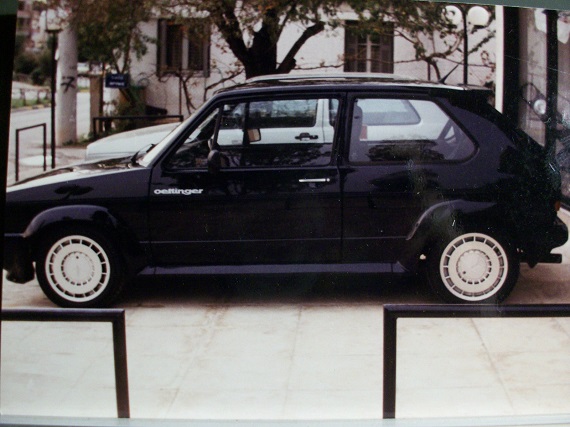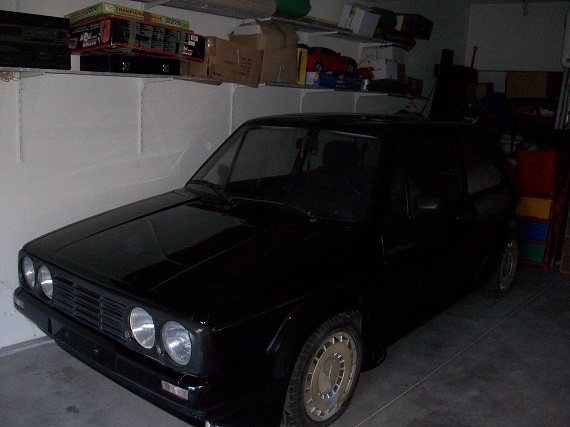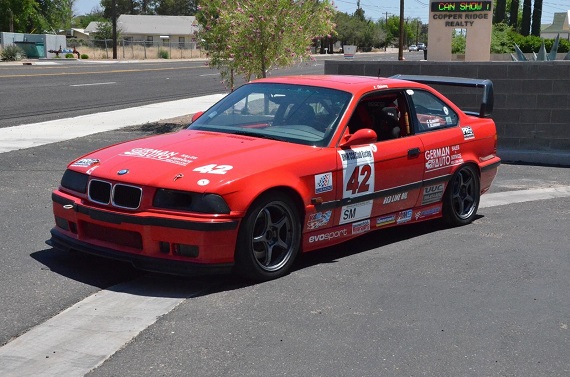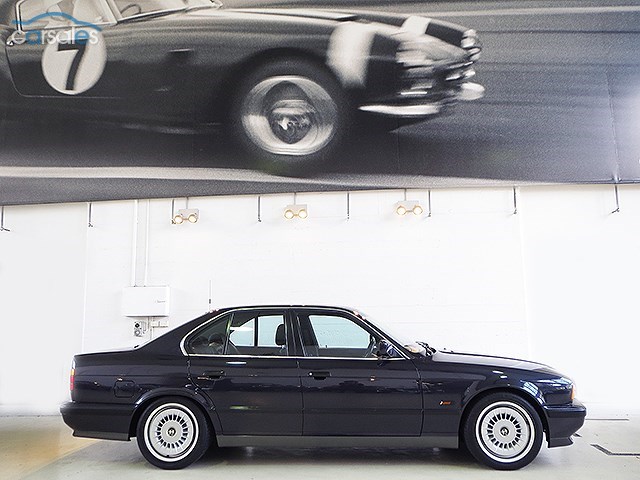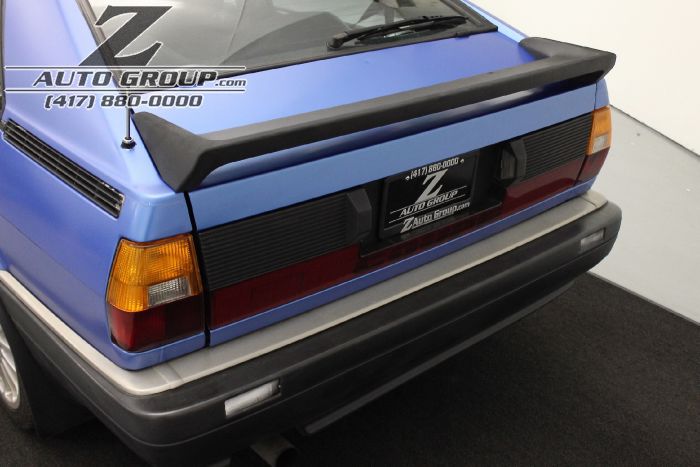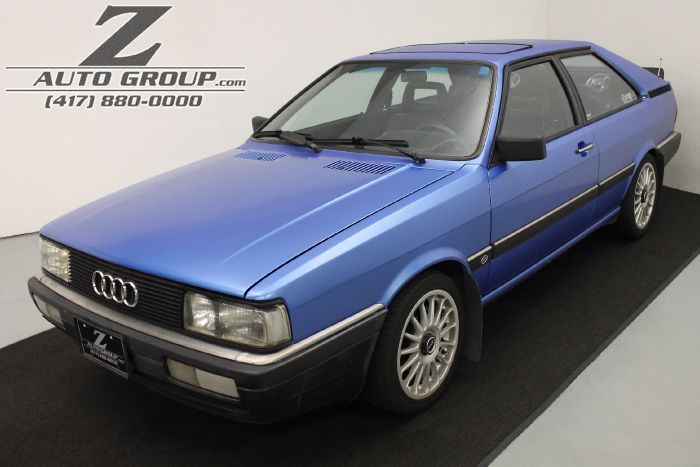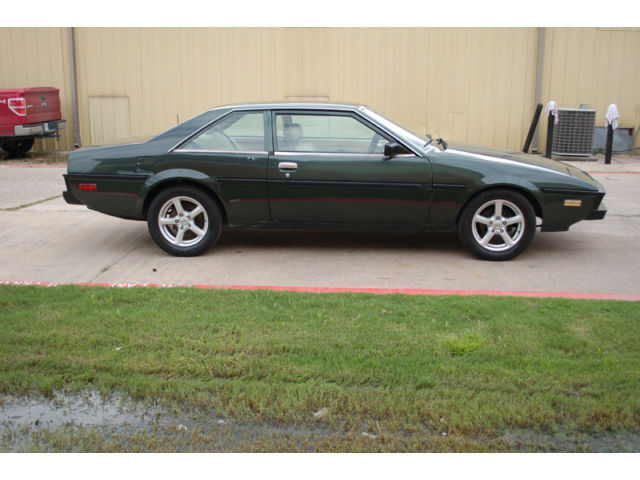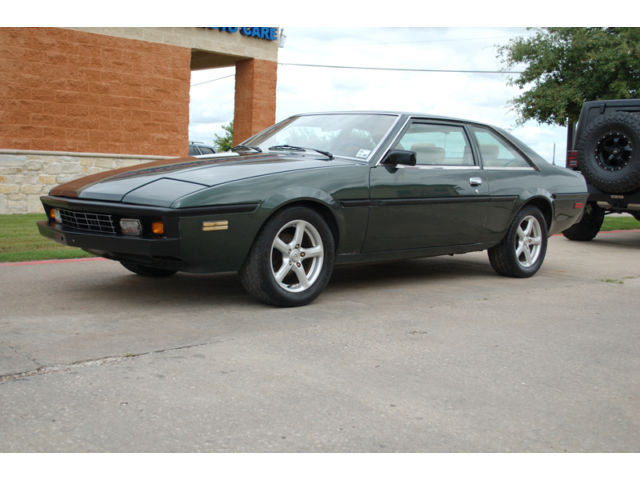Which came first; the Mk.1 or the modified Mk.1? Of course it’s a rhetorical question, but it points to the popularity of the first water-cooled Volkswagens. Affordable, practical and plentiful, the aftermarket community thrived on providing all sorts of options to modify your Golf/Rabbit to all sorts of levels. With everything from body kits to performance modifications and interiors, there was seemingly no end to the possible permutations of combinations of parts to make your mass-produced hot hatch a bit hotter and different from everyone else. But weed through the plethora of upstarts, and perhaps the most respected name in the Mk.1 community is Oettinger. Though somewhat out of vogue today, we should not forget that Oettinger pioneered the twin cam, 16 valve engine for Volkswagen – in production as early as 1980, a full 7 model years before Volkswagen’s own 16V would enter service. They competed in motorsport as well, developing rally engines and everything from turbocharged diesels to a full 2 liter 16V motor developing 170 horsepower in 1984; Oettinger-equipped Golfs were quick enough to accelerate on par with production Porsche 928s of the period. Today, their legendary status in the Mk.1 community means that fully built, period models demand a premium even if they’re rare to come by:
Author: Carter
Race cars are a fickle friend; countless smiles on the track come from often well counted currency leaving the pocket of the driver off-track, as the sometimes referenced 10:1 ratio of time spent preparing for the track versus time on track ultimately results in huge bills. So, what costs separate a $5,000 M3 from a $25,000 M3 – certainly, with that huge chunk of change it would seem certain that one could build a reliable racer rather than forking over what would seem to be an unbelievable amount to purchase a non-street worthy, home-brewed racer, right?
CLICK FOR DETAILS: 1995 BMW M3 on eBay
Comments closedI still remember the magic of my first ride in a M5. Although my father would end up owning one and still does, it was not the E28 like his that started my love affair with the inline-6 equipped super-sedans. Rather, it was a then-new 1991 E34 model that provided me a ride I was not quite fully prepared for. Coming from a background of family Toyotas, you can imagine the difference when full-throttle was applied to the legendary S38B36 motor on an onramp. It felt, quite literally, like we were taking off. The E34 never seemed to gain the traction of the E28’s appeal for many enthusiasts, but for me, it’s the model I love more. That ride remains the only time I’ve been in an E34 M5, but having spent many years getting to drive the family’s subsequent ’95 525i, every time I got behind the wheel I dreamed that awesome twin-cam M50 was its bigger brother. The market still hasn’t awoken to these last-of-the-handbuilt, last of the original M88 derived cars – a shame, considering how superlative they are in many senses. But when one pops up with only 15,500 miles on the clock, you better believe I took notice:
CLICK FOR DETAILS: 1991 BMW M5 on Carsales.com.au
5 CommentsIf you drew an imaginary line between the family trees of the C107 Mercedes-Benz SLC and the E31 BMW 8 Series, therein would lie the somewhat odd but quite interesting Bitter SC. Open the door, and it’s obvious that the Bitter was also the envy of the 1980s Maserati interiors which resulted in the perhaps even more ill-conceived TC by Maserati. But the level of luxury found in the Bitter speaks to a period when personal luxury coupes were all the rage, and most of them were equipped like the SC – full of wood trim, luxurious leather and electronic features, motivated just enough to pass the plebeian Golfs and Mercedes diesels that litter the Autobahn. Of course, in such a luxurious coupe you wouldn’t want to do anything as pedestrian as change your own gear – you’d have people who would do that for you, and Bitter was happy to oblige with it’s Opel (nee GM) derived drivetrain. History has treated these personal luxury coupes fairly poorly; the L6, the SLC and the Bitter SC all have languished in value while their higher-performance or topless cousins have accelerated away into the auction blocks. Perhaps that’s an unfitting tribute for what was a top-flight luxury coupe from the 1980s, one man’s attempt to match the mystique of legendary brands like Ferrari and Mercedes-Benz. It was a noble attempt, but as they say, it’s often lonely at the top:
